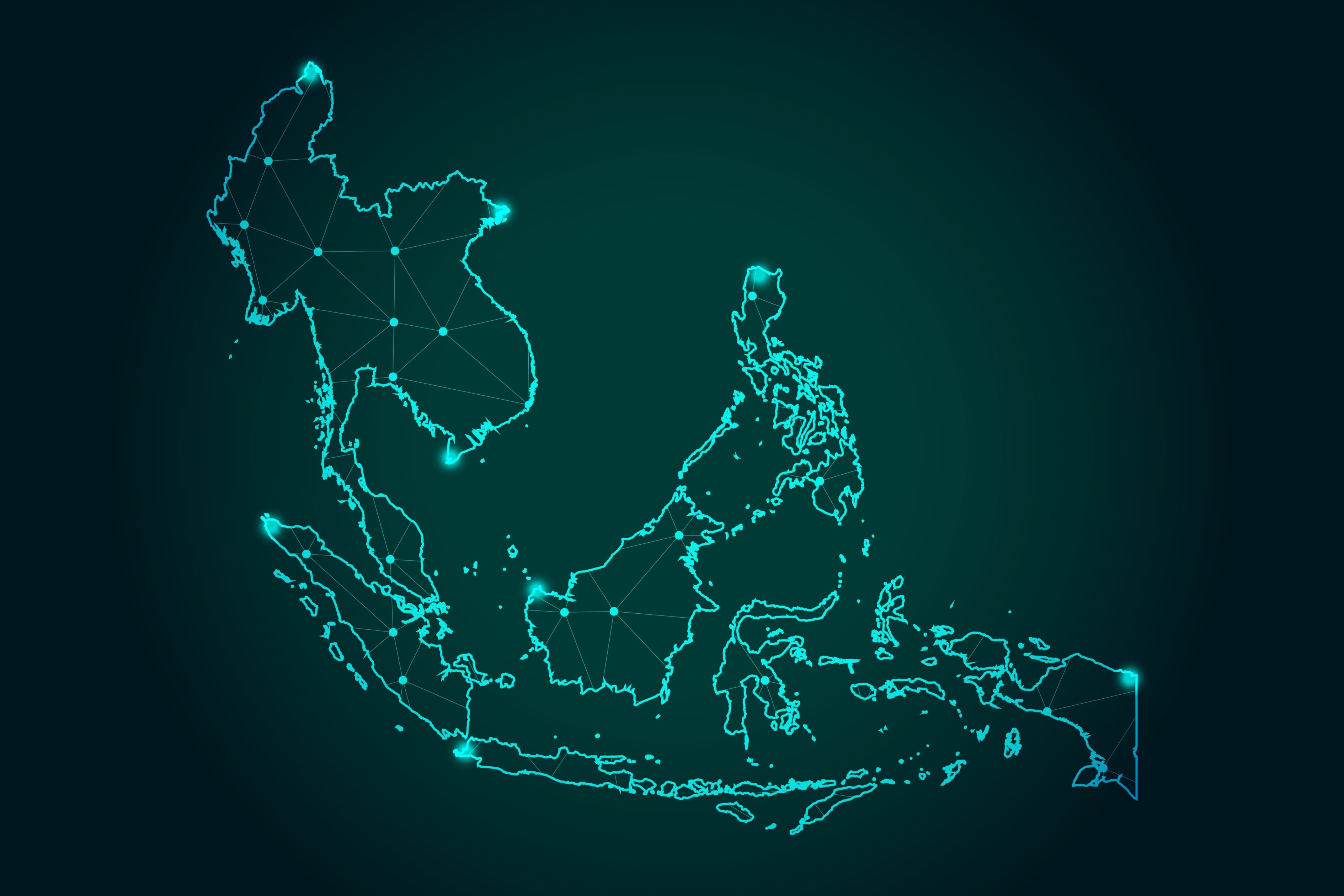Abstract: With the launch of Japan’s 2022 National Security Strategy and substantial increases to its defence budget for the foreseeable future, Japan looks set to take a more assertive role in Southeast Asia. However, Japan must carefully approach this objective to avoid sparking unnecessary tension in a region of cautious hedgers. This essay highlights how Singapore can play a key role as a regional partner, where Japan might base vessels to provide the region with submarine rescue and humanitarian aid/disaster relief. Such efforts would find great synergies in integrating with Singapore’s existing institutions and arrangements while fitting regional political contexts and needs.
Problem statement: How can Japan expand its regional security presence without alienating crucial Southeast Asian powers?
Bottom-line-up-front: Japan has indicated its intentions to fulfil a more ambitious role in the region. If Japan seeks to do so without raising unnecessary regional tensions, it should look towards collaboration with Singapore and its suite of regional security initiatives to provide.
So what?: Japan and Singapore should work to integrate Japanese Maritime Self-Defense Force vessels into Singapore’s present regional security architecture, such as submarine rescue and Humanitarian Assistance and Disaster Relief. Mutual allies and partners should encourage and support such activities.

Source: shutterstock.com/M Four Studio
Introduction
With the release of its new National Security Strategy, Japan has pushed forward an ambitious agenda for its role in the Indo-Pacific. However, careful strategy is needed to fulfil this role without alienating potential regional partners. Therefore, building Japan-Singapore security collaboration to integrate Japanese security provisions into Singapore’s regional initiatives is the key to this conundrum.
Careful strategy is needed to fulfil this role without alienating potential regional partners.
Why Cooperate?
Japan and Singapore have much to gain from cooperating with one another. For Japan, Singapore is a like-minded and capable partner within a region of critical strategic importance. Singapore already serves as a conduit for Japan and its Quad partners to contribute to the security and agency of ASEAN states through its partnership with the Indo-Pacific Maritime Domain Awareness (IPMDA) initiative. This has placed Singapore’s Information Fusion Centre as the key Southeast Asian partner to IPMDA, which aims to deliver real-time satellite data on illegal fishing and maritime militias to Indo-Pacific states. Importantly, Singapore can act as a guarantor and mediator for easing a growing Japanese presence in Southeast Asia. This would help Japan avoid the fate of Australia, which received criticism from regional states such as Malaysia and Indonesia for its participation in the AUKUS agreement, which supposedly risked arms races and nuclear proliferation.
For Singapore, Japan is a regional power with a vast diplomatic footprint across Southeast Asia, operating effectively even in the most challenging settings. This includes Myanmar, where Japan’s special envoy was able to broker a bilateral ceasefire in 2022 between the military government and the Arakan Army, a local militia, building upon a long-standing presence in the troubled state. Japan has also led and continues to lead major multilateral initiatives, such as the ASEAN Regional Forum and the Comprehensive and Progressive Agreement for Trans-Pacific Partnership. It possesses major economic clout in the region as the second-largest source of external Foreign Direct Investment and the fourth-largest trading partner for ASEAN. Furthermore, Japan is now a growing geopolitical actor, with Prime Minister Kishida pledging a staggering 7.3 billion USD increase in defense spending by 2027 and expanding the counterstrike capabilities of the JSDF through the 2022 National Security Strategy. This follows deep reforms in Japan’s national security institutions, initiated in 2013 by the Abe administration.
For Singapore, Japan is a regional power with a vast diplomatic footprint across Southeast Asia, operating effectively even in the most challenging settings.
What Challenges?
However, Singapore-Japan collaboration cannot be conducted recklessly or frivolously. Like much of Southeast Asia, Singapore enjoys and seeks to maintain deep investment and trade ties with China. More broadly, Singapore supports close engagement with China as a means to bind it to the norms and institutions of the region. Hence, collaboration will have to be pursued in a way that does not appear to strive towards directly countering or deterring Chinese action.
Furthermore, Singapore-Japan collaboration must be conducted in a way that does not undermine ASEAN-centrality in Southeast Asia. Both states have publicly noted their commitment to maintaining ASEAN’s position as the centre of regional diplomacy.
Locating Opportunities
There lie many opportunities for Singapore-Japan collaboration, from joint semiconductor research to intelligence sharing and supporting ASEAN. However, the post-NSS moment calls for special focus on security arrangements. These do not substantively compete with ASEAN initiatives, and Japan-Singapore arrangements will likely find the most fruit in situating Singapore as a channel for Japanese security contributions to ASEAN, following the example of IPMDA. Furthermore, Singapore-Japan collaboration will ideally place Japanese troops physically in the region, enabling them to forge deeper ties with Southeast Asian partners and train in areas such as the South China Sea – both priorities in Japan’s 2022 National Security Strategy.
Japan-Singapore arrangements will likely find the most fruit in situating Singapore as a channel for Japanese security contributions to ASEAN.
One key opportunity would lie in the Japanese provision of submarine rescue capacity to the region as it moves towards more underwater capabilities amidst greater Chinese activity in the South China Sea. This could occur through a submarine rescue vessel based in Singapore and could piggyback off Singapore’s long-standing submarine rescue agreement with Indonesia, established in 2012. With a 2021 submarine disaster still fresh in the memory of the Indonesian Armed Forces (TNI), such actions would come at a pivotal moment. This might find especially friendly reception from the recently appointed TNI Chief, Admiral Yudo Margono, who has pledged his commitment to a pro-reform agenda focused on building maritime power.
More broadly, Japan could also base Japanese Maritime Self-Defense Force vessels in Singapore to provide more immediate regional Humanitarian Assistance and Disaster Relief (HADR) support and engage in closer preparation for such operations. This would represent an extension of Japan’s existing HADR contributions to the disaster-prone region, such as its assistance in establishing the ASEAN Coordinating Centre for Humanitarian Assistance on Disaster Management. In addition to tapping on Singapore’s experience working with partner militaries, Singapore basing would also allow it to collaborate closely with Singapore’s Regional HADR Coordination Centre, which leads many regional HADR efforts and collaborations. Such an action would also most likely be understood and appreciated by the Japanese public, having received such assistance from the U.S. Navy during the 2011 Great East Japan Earthquake.
Collaboration between U.S. partners always risks eliciting discomfort in Beijing. However, reactions will likely be muted so long as such collaboration focuses on public goods provision. This was the case for the IPMDA, which only received light criticism from the Foreign Ministry and a state tabloid. Furthermore, these actions could be presented to be in line with concepts that China promotes – “win-win” cooperation and intra-Asian collaboration.
Evaluating Outcomes
These opportunities do not aim to directly contribute to establishing deterrence in the South China Sea or Taiwan Strait, and their success should not be measured as such. Instead, such actions should be measured in terms of their contribution towards building relationships between foreign and security policy establishments, building interoperability between armed forces, and building confidence with the public. Moreover, collaboration should be done with the appreciation that the coming few years will be immensely formative for the culture, governance structure, and leaders of a growing Japanese Self-Defence Force, as well as perceptions of it within Japan, Singapore, and across the world.
Such actions should be measured in terms of their contribution towards building relationships between foreign and security policy establishments, building interoperability between armed forces, and building confidence with the public.
Conclusion
While Japan and Singapore are undoubtedly the key stakeholders of their own bilateral security relationship, they remain important actors in a significant region with many mutual partners. Accordingly, a strong Japan-Singapore security relationship should be a matter of active interest, encouragement, and support for all invested in Indo-Pacific security.
Lo Zhu Ern, Jonah is a student reading Political Science at the National University of Singapore. His research interests lie in strategic theory, Asian geopolitics, intelligence studies, and international security. His past work includes “Reconstructing the Ladder: Towards a More Considered Model of Escalation”, published in The Strategy Bridge. The views contained in this article are the author’s alone and do not represent the views of the National University of Singapore.






